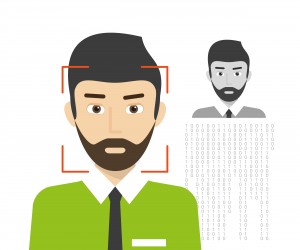Obtaining feedback from users during a research study is not always just about listening to what people have to say. As researchers, we should listen to what participants tell us while also focusing on their nonverbal behaviors like posture, hand gestures, facial expressions, etc. This nonverbal data can be coupled with other qualitative feedback you observe, and it will help you better understand what the user’s actual feelings and emotions are during the test session.
Recognizing these facial expressions and attributes can help moderators to classify a person’s mental and emotional state throughout a test session. Utilizing facial recognition can and should be used in combination with established research methods, such as usability testing, to provide a more detailed view of users’ experiences. For example, when testing the new website of a financial institution, you may find that users are able to use the site and complete tasks successfully, but are potentially experiencing surprises in response to certain messaging on the site. It’s great that tasks are being completed successfully, but it’s the facial expressions that are commonly overlooked, and detecting these emotional reactions can and will aid in creating the most pleasant experience for users.


